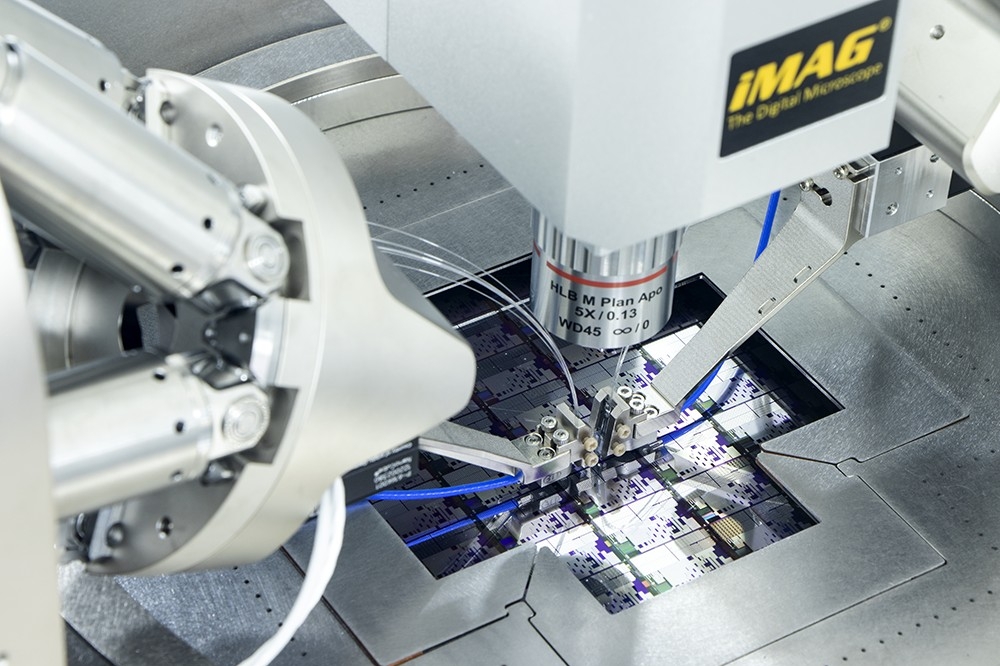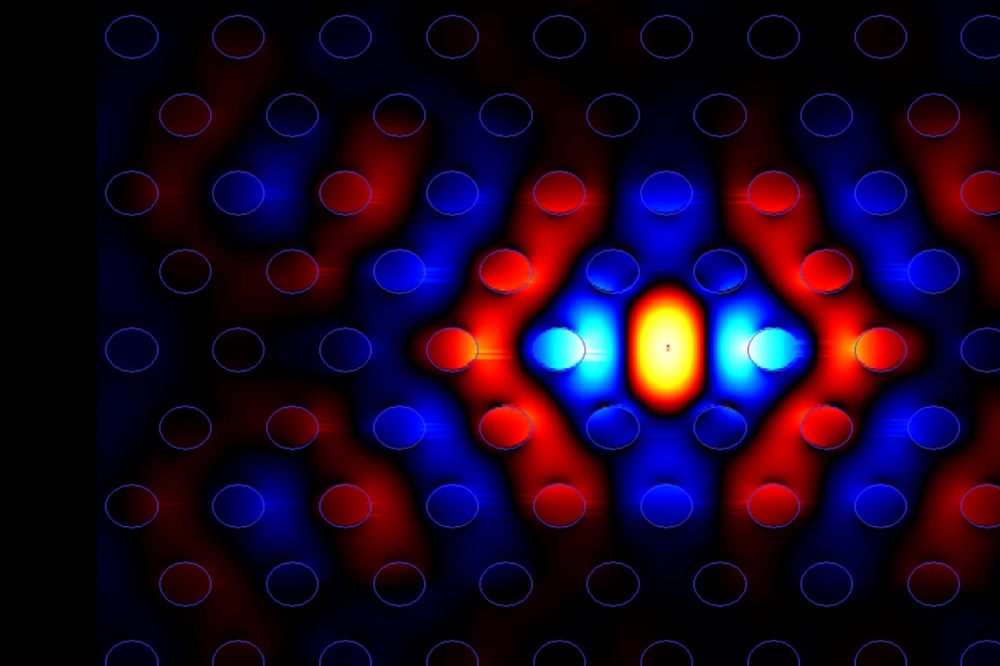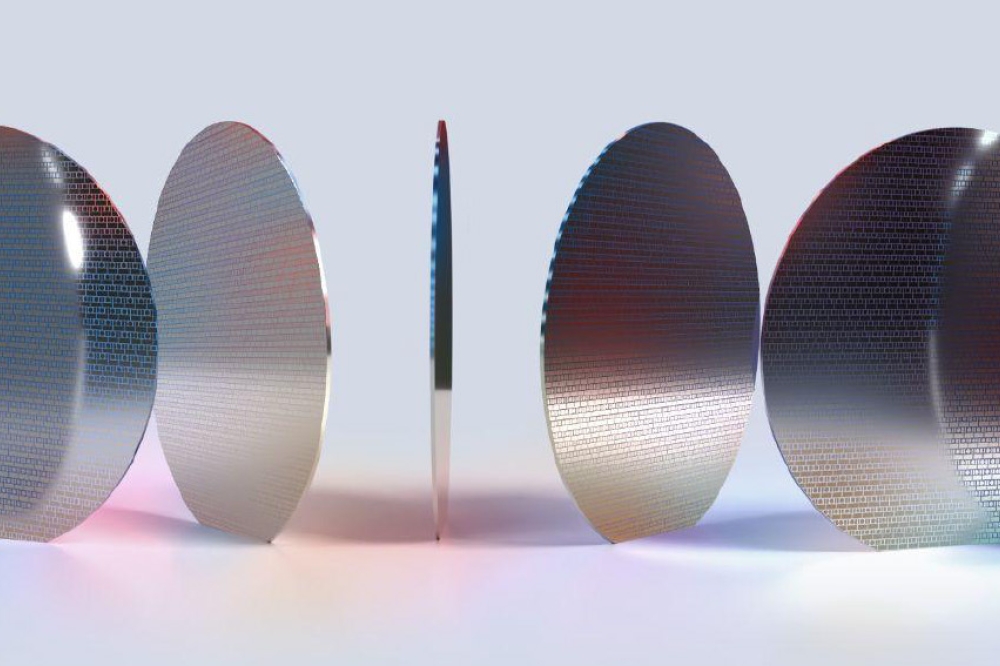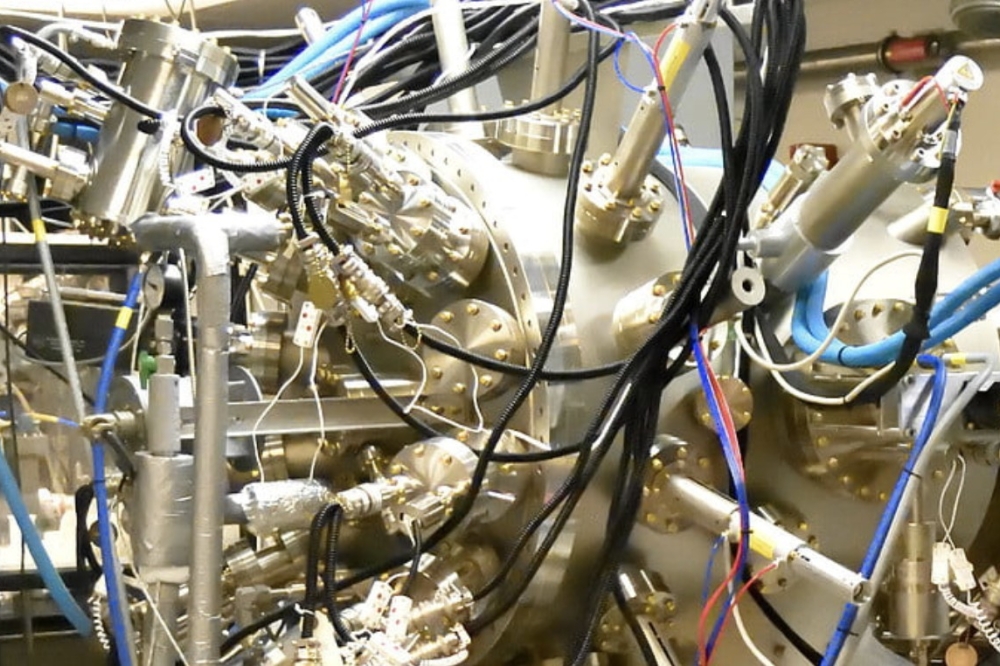An ultra-fast light switch based on metasurfaces

Researchers have reported a device that grants a new level of control over the interaction between light and a material, enabling the generation, quenching and precise adjustment of optical resonances, and potentially paving the way for novel photonic chips
Researchers have reported a new method for controlling the coupling between nanoresonators and light in a targeted manner on ultra-fast timescales. With the novel technique, a resonance can be created from nothing within a few picoseconds or made to vanish completely again, according to a study in the journal Nature.
Optical resonators are used to trap and amplify light of a certain wavelength, but previous methods of controlling these resonances have had limitations: scientists could weaken the resonance or slightly shift its colour, but genuine on-and-off switching was not possible, as the resonators always remain fundamentally coupled with the light. Now, a team led by Andreas Tittl, professor of experimental physics at LMU, say they have achieved precisely this breakthrough together with partners from Monash University in Australia.
The scientists’ work harnesses metasurfaces – ultra-thin layers that incorporate specially arranged nanostructures. The researchers designed and built structures that were each made of two tiny silicon rods of different geometric shapes, such that their optical responses to a certain wavelength of light cancel each other out precisely. This means the structure is physically present, but it remains ‘invisible’ to the light; the resonance is ‘switched off’.
According to the team, it is precisely this asymmetry that enables the switching procedure. Because the two nano-rods are different, they respond differently to light of various wavelengths and polarisations. The physicists report that they can exploit this by deliberately exciting just one of the two nano-rods with an ultrafast laser pulse of just 200 femtoseconds in duration. This temporarily alters its optical characteristics, disrupts the fine balance, and causes the resonance to suddenly couple with the light, so it is ‘switched on’.
“The centrepiece of our work is this deliberate symmetry breaking on extremely short timescales,” says Tittl. “We generate a perfect optical balance in a structurally asymmetric system. By deliberately disrupting this equilibrium with a laser pulse, we gain a completely new level of freedom for controlling the light-matter interaction. We can generate a resonance at will, quench it, or precisely adjust its bandwidth as with a control knob.”
In addition to the design and manufacturing of the metasurfaces, the optical measurement of their temporal behaviour also presented a major challenge. “Only with the aid of our time-resolved spectroscopy approach were we able to experimentally capture these ultra-fast processes and watch in real time, how the resonance appears within picoseconds and then disappears again,” says Leonardo de S. Menezes, who was in charge of the spectroscopic experiments. “Our measurements showed a huge increase in the coupling with light, while there were scarcely any unwanted energy losses in the material itself. This was the definitive proof that our approach of temporal symmetry breaking works precisely as predicted.”
In their experiments, mainly conducted by the two lead authors Andreas Aigner and Thomas Possmayer, the team say they demonstrated four different switching operations: generation of a resonance out of a ‘dark’ state; complete quenching of an existing resonance; and the targeted broadening and sharpening of the resonance profile. In the case of sharpening, for example, the researchers report that they were able to increase the Q-factor of the resonance – a measure of its quality – by more than 150 percent. The scientists say this control is achieved with extremely high precision and speed and avoids the disruptive losses that often occur with existing methods.
The ability to directly control coupling with light could represent a paradigm shift for active nanophotonics. Moreover, the principle is not limited to silicon, but can easily be extended to other materials and even faster switching mechanisms, which further expands the potential for future applications, the scientists add. The precise control over the presence and absence of resonances could enable not only low-loss, purely optical switches for telecommunications or optical data processing, but also advance research into complex quantum phenomena such as so-called time crystals.

































